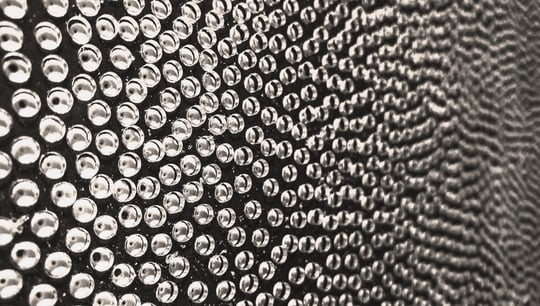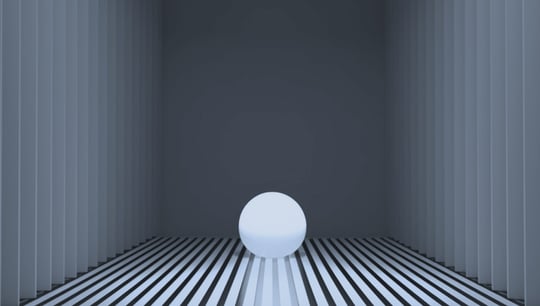Indirect amortisation through your pension savings account

-

Vincent Arnal Head of Wealth Solutions

Acquiring your own home represents a pivotal moment in life, fulfilling the universal need for security encapsulated by the phrase 'to have a roof over one’s head.' Property values in Switzerland have increased considerably over recent decades, and for those not fortunate enough to benefit from samely support, accumulating the required equity corresponding to at least 20% of the purchase price is very hard work. Nonetheless, it's not unusual for individuals to integrate tax optimisation into this endeavour. Consequently, you may frequently encounter recommendations to prioritise indirect amortisation.
What are the different amortisation solutions?
Definition of amortisation
Before explaining how amortisation works, it's important to establish how the lender determines the amount of your amortisation. In the case of a standard property in Switzerland, amortisation over a 15 year period is necessary for the part of the loan that exceeds 66% of the property's value.
Example :
| Purchase | CHF 1,000,000.- |
| Mortgage loan | CHF 800,000.- |
| Annual amortisation | CHF 9,333.- ((800,000-660,000) / 15) |
In the case of luxury propertiess, the lender will ask for a higher amortisation rate to limit the risk on an item where, in theory, there would be fewer buyers in case of a future sale.
Direct amortisation
Direct amortisation is a more traditional solution that reduces your mortgage with apre-determined periodicity. The advantage is that the cost of interest decreases with the level of debt.
Indirect amortisation
Indirect amortisation means that your 3rd pillar is used as collateral to pay off the debt at a later date. The disadvantage is that the interest cost is higher because the debt remains constant. If you cumulate the tax benefits of investing in a pension product and the return you get from this operation, you could be on to a good solution.
The potential return on defensive pension profiles is over 3% per annum on average and it’s tax-free. On top of that, you can make a tax saving of as much as 45% on the amount you contribute.
What type of amortisation should I choose?
In the example above, with a 10-year term, a fixed rate of 2.5% and direct quarterly amortisation, our client couple will have paid CHF 188,625 in interest.
Over the same period, with an indirect solution, they will have paid CHF 200,000 in interest. However, in this case they would have potentially received a tax benefit of CHF 41,999 and a gain of CHF 15,854 on their pension capital, based on an estimated return of 3%.
As you will have noted, this solution is particularly appealling for those with a high taxable income. The only drawback is that it is limited to the maximum amount for tied pension provision, i.e. CHF 7,056 per person.
Is it possible to include my pension fund in this type of arrangement?
Your 2nd Pillar Pension Fund, like to your 3rd pillar, pension plan based on capitalisation. The pension savings are also available for the acquisition of a primary residence. These aspects may suggest that this kind of arrangement is frequent. However, unlike the 3rd pillar, the 2nd pillar is mandatory for all employees earning an annual income exceeding CHF 22,050. Consequently, it's not a voluntary household effort to mitigate default risk over time. In fact, the opposite is true, as the client would be utilising funds initially designated for retirement.
Nevertheless, for those within the company with "decision-making power" (such as management team members, human resources directors, pension fund council members, and self-employed people) can establish an additional non-mandatory plan that might be considered for indirect amortisation. This will be acknowledged as optional and, therefore, a form of voluntary saving. However, it's worth noting that this type of pension solution must maintain a collective nature, and at least two individuals within the company must participate in the plan although this restriction does not apply to sole traders or the self-employed.
What are the advantages of integrating your pension fund with indirect amortisation?
The advantage is that you can allocate more of your savings to your pension rather than paying off your debts directly, thus benefiting from greater tax advantages.
Example :
| Purchase | CHF 5,000,000 |
| Mortgage loan | CHF 3,400,000 |
| Annual amortisation | CHF 53,330 (CHF 7,056 with the 3rd pillar and the difference with a supplementary non mandatory pension plan (known as 1E)) |
Using the same factors as in our first example, this represents a potential gain of CHF 316,521 in favour of the indirect amortisation solution.
This solution is appropriate for a small group of clients, however it shows the importance of taking time to analyse your financial situation when planning major projects. Of course, the interest rate remains important when negotiating your loan, but how the loan itself is structured can have a much greater impact in the long run.
Author
-
 The holder of the IAF diploma and the Federal Certificate of Financial Advisor, Vincent Arnal began his career with Swiss Life Select and then with Banque Cantonale de Genève. He joined Piguet Galland & Cie SA in 2018 and then became Head of Wealth Solutions in 2020. He ensures the business development of the Bank's pension and financing solutions, as well as the management of the expertise that supports our clients in their life plans.
The holder of the IAF diploma and the Federal Certificate of Financial Advisor, Vincent Arnal began his career with Swiss Life Select and then with Banque Cantonale de Genève. He joined Piguet Galland & Cie SA in 2018 and then became Head of Wealth Solutions in 2020. He ensures the business development of the Bank's pension and financing solutions, as well as the management of the expertise that supports our clients in their life plans.





